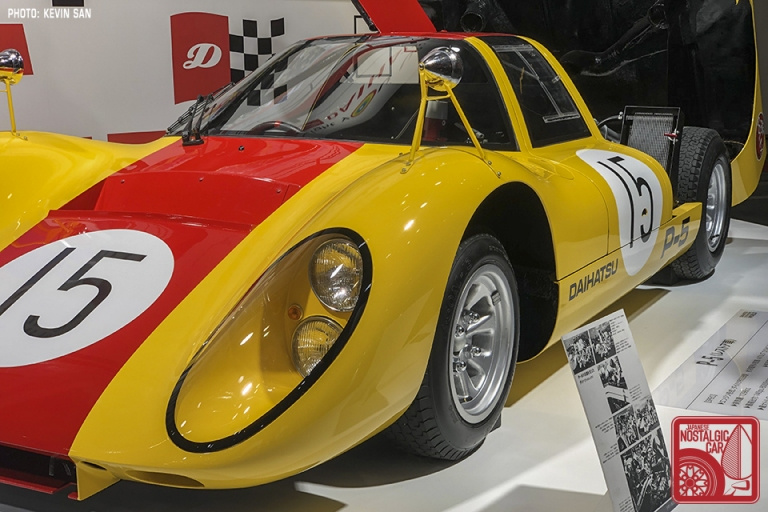
Found on Just a Car Guy blogspot

In a time the media pushing of electric cars and new tech “to save the world”, the above surely trounces the modern efforts in being “good for the planet”. The embodied energy in its manufacture and the time/miles used makes it a sustainable product. I predict battery tech will pass, electric engines will stay and power generation will come onboard.
Curried Egg 



Koenigsegg Gemera four seater
Why share in Dai land? Well this is a 3cyl and there are not too few people here in to engines with that number of pots.
2000cc 70kg three-cylinder, twin-turbo 2.0-litre ‘Freevalve’ internal combustion engine that drives the front wheels, able to run on ethanol, or CO2-neutral methanol , and running in combination with elec motors for a total of 1700hp. On its own the 3cyl is good for 600bhp and 443lb ft of torque. Can run as two stroke or four stroke on the fly due to having no cams but electric valves.
When asked why not all elec? Christian Koenigsegg said, “too heavy”.
Brilliant and beautiful
From facebook at Classic and Recreation Sportscars and http://japanesenostalgiccar.com/motorsport-1967-daihatsu-p5-race-car/
Daihatsu P3 & P5 race cars

After finding all the bits and doing a full restoration Daihatsu bought the P5 out for display at the 2019 Tokyo motorshow.

The Daihatsu P3 was based on the Compagno (front engine) 800-1000cc production car. Two P3s entered the Japanese Grand Prix in 1966/67 and fought against the large displacement cars, such as Toyota 2000 GT & Prince R380 (Nissan).


P3 1966 at Suzuka

P3 leading? Or perhaps being passed by a Toyota 2000.

Back in the 1960s, Daihatsu built at least four P-5 race cars as an evolution of the P3. The mid-engined, fiberglass-bodied race car was entered into the 1967 Japan Grand Prix, appearing on the same grid as cars like the Toyota 7, Nissan R380, and Porsche 906. However, while those cars’ engines ranged from 2.0 to 7.0 liters, Daihatsu’s motor displaced a mere 1.3.
While Japan’s automakers were creating ever more powerful racing machines, Daihatsu sought to prove the might of smaller cars. Its size offered superior fuel efficiency coupled with a sleek, wind-tunnel tested (very uncommon in those days) lightweight body coming in at just 510 kg (1,125 pounds) thanks to a tube-framed chassis. It used a rack-and-pinion steering system and a Hewland 5-speed transmission. Suspension-wise, it sported a double-wishbone design at the front, and a four-link setup at the rear.

Sadly, the P-5 didn’t finish the race in its inaugural outing. The cars were disqualified due to mechanical issues. However, the following year the Daihatsu fielded a quartet of P-5 racers, all finished in yellow with one blue, one green, and two red-striped versions. The No. 15 car, driven by Takao Yoshida, secured a 10th place overall finish, good enough for first place in the GP1 class.
It’s not clear what happened to the other three cars, but Daihatsu hung on to what is presumed to be the 1968 Japan Grand Prix class winner. Some time between 2000 and 2010 the company restored the chassis and body, but sadly, could not find any trace of its motor. While the car was displayed from time to time, it was never truly complete, and spent most of its time sitting in Daihatsu’s warehouse in Itami, Hyogo Prefecture.
When it was done, Daihatsu held a small ceremony to fire up the car and drive it around its campus. Despite its small size, the R29B emits a throaty baritone snarl that sounds like it would emanate from a much larger engine. Hearing the car running and revving, one can imagine that it was quite impressive in action back in 1967. Though the P-5’s racing career was short lived, a restored, running example does provide a glimpse into Daihatsu’s engineering talent some 50-plus years ago. Hopefully, it won’t be the last.
Daihatsu had been an engine maker first, before delving into the ca rmaking business, and knew how to build a motor. Despite its small size and origins as a Daihatsu Compagno one-liter, the inline-four sported twin overhead cams, four valves per cylinder, dual Mikuni 50 PHH carbs, and generated an astonishing 140 horsepower — an amazing 108 horsepower per liter. It is said that the top speed was an impressive 150 mph, and that the redline was 10,000 rpm.
In August 2018, an original R29B engine was discovered at a shop called Yamamoto Motors in Ayabe, Kyoto Prefecture. Daihatsu immediately procured it and began restoration. The project was completed over a span of three months by at team of 35 dedicated employees at Daihatsu’s R&D center in Ryuo, Shiga Prefecture, working after hours to finish the build. Though the engine was largely complete, a few small parts and a harness system had to be recreated.























